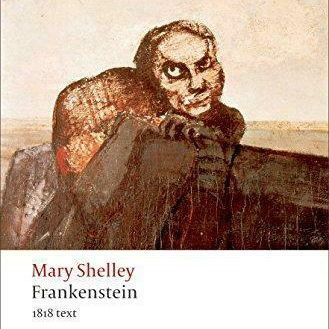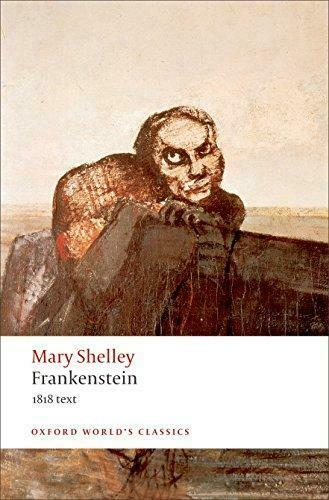Frankenstein (1818)

Mary Shelley ed. Marilyn Butler (Oxford, 1993)
 Recommended by Jimmy Packham
Recommended by Jimmy Packham
Mary Shelley’s ubiquitous novel might seem like an obvious choice: “not this one again!” But I want to use this novel to gesture towards what I think is one of the most exciting – and what I believe is currently one of the most urgent – strands of landscape and environmental thinking: the ecogothic. Frankenstein straddles the Romantic and gothic traditions, and nowhere more so than in its portrait of the various (the myriad!) landscapes through which Victor and his creation travel. As a representative ecogothic text, the novel departs from the vision of nature generally associated with conventional Romanticism, and asks us to see nature as strange and estranging, unfamiliar and disquieting. More than this, however, this is a book that wants us to think ethically about our engagement with the natural world: the creature (himself a horrifying amalgam of nature and culture) works hard to establish a compassionate ethics, rooted in his experiences of nature and animal life. Frankenstein also reminds us how natural the apparently unnatural monsters that haunt our horror stories truly are: from The Odyssey and Beowulf, through Frankenstein, to more recent fare like Jeff Vandermeer’s Annihilation (2014) and the Godzilla franchise (1954-present). Indeed, in Godzilla I think we have a contemporary creature that rivals Frankenstein’s monster as the most compelling modern myth to illuminate humanity’s ambivalent relationship with the natural world: Godzilla returns to us at moments of ecological and global crisis, to restore a kind of harmony to the natural world, but does so while wreaking terrible destruction on human civilisation.